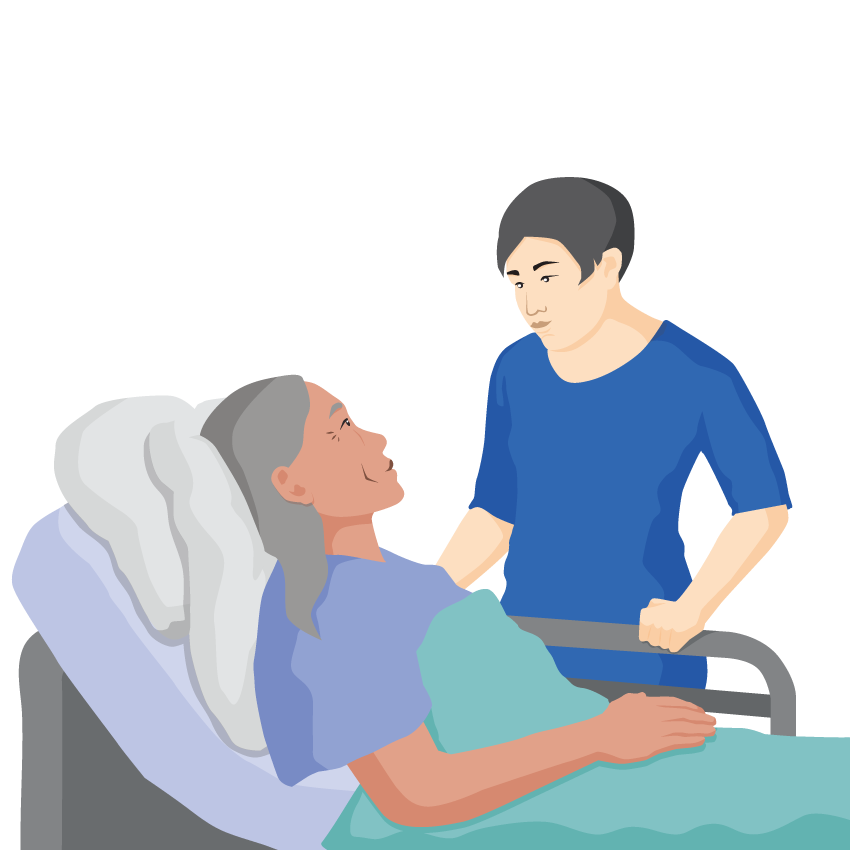Rehabilitation for reduced muscle strength
There are generally 2 types of rehabilitation interventions: pharmacological and non-pharmacological interventions.
Rehabilitation for reduced muscle strength in primary health care mainly utilizes non-pharmacological interventions, these include:
- Preventive, promotive, compensatory and restorative interventions e.g. training in muscle strengthening exercises to:
- Prevent muscle wasting especially in people who have not been using the muscle and are at risk of atrophy.
- Restore or build muscle that has lost its normal bulk
- Provision of assistive products e.g. Orthoses, wheelchairs, hand splints, adaptive self-care products.
For more information on rehabilitation, see the TAP module, eating and drinking aids.
Why is muscle strengthening important?
For people with reduced strength, muscle strengthening exercises can help improve the person’s
- Function
- Mental wellbeing
- Ability to perform everyday activities
- Overall quality of life

![]() Question
Question
Which of these activities require major lower limb muscles?
Select all that apply.
- a. Walking
- b. Running
- c. Dancing
- d. Cycling
- e. Climbing steps or stairs
- f. Standing up and sitting down
All are correct.
All of these are examples of activities which involve all major muscle groups and can be useful for muscle strengthening..
How muscle strengthening exercises increase muscle strength
Muscle strengthening activities can increase the strength, endurance and size of muscles.
During exercise or activity, muscles are put under stress. When muscles are put under stress repetitively over a period of time, muscle fibers break down and then repair, becoming stronger, bigger and able to tolerate more resistance in a process called hypertrophy.
The reversal of this process occurs when muscles are not used enough, they become weaker, smaller and able to tolerate less resistance in a process called atrophy.![]() Question
Question
Many activities help to build or maintain muscle strength.
Look at the images below, which of these activities would help build or maintain muscle strength?
Select all that apply.
- a. Person lying in bed

- b. Person walking up stairs

- c. Person watching TV

- d. Chopping vegetables

If you selected b and d, you are correct. These are examples of everyday activities that help to build and maintain muscle strength.
Options a. and c. represent inactivity, inactivity contributes to weakening of muscles.
